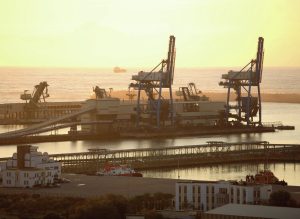
Phosphate production in North Africa
North Africa remains a major centre of global phosphate production, with significant production in Algeria, Tunisia and Egypt as well as Morocco, and sulphur and sulphuric acid consumption continuing to increase.

North Africa remains a major centre of global phosphate production, with significant production in Algeria, Tunisia and Egypt as well as Morocco, and sulphur and sulphuric acid consumption continuing to increase.
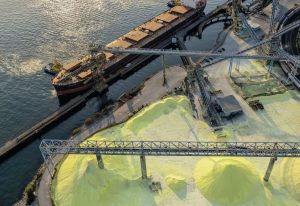
Sulphur output in North America continues to decline due to refinery closures and conversions at the same time that acid demand is increasing for metals processing projects.

In this CRU Insight, Peter Harrisson reports on how battery materials have become a powerful driver of sulphur consumption growth.
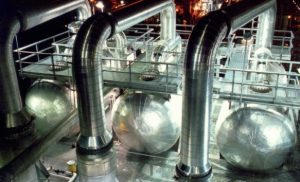
Fluor explores the versatile potential of oxygen enrichment for various revamp and debottlenecking opportunities.

QMax Industries explains why effective steam and condensate management is essential to the performance, safety, and reliability of sulphur recovery units.
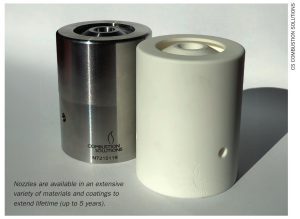
CS Combustion Solutions introduces the SR-P sulphur atomiser nozzle to the sulphuric acid process, combining the high-quality atomisation of ultrasonic systems with the affordability and simplicity of pressure atomisers.
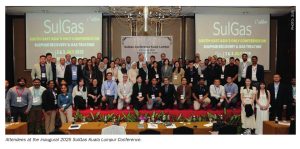
SulGas® KL, South-East Asia’s sulphur recovery and gas treating conference organised by Three Ten Initiative Technologies LLP, made its debut from 2-3 July 2025, at Impiana KLCC, Kuala Lumpur, Malaysia.
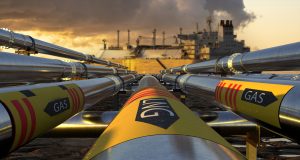
Advanced SRUs and decarbonisation technologies position LNG for net-zero goals by 2050. Mahin Rameshni and Stephen Santo of RATE USA review sulphur management strategies for LNG, from ppm-level H2 S scavenging and non-conventional liquid redox to Claus SRUs, and introduces RATE’s patented technologies to achieve >99.9% recovery, operational stability, and decarbonisation alignment amid regulatory and market challenges.
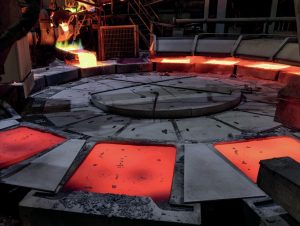
CRU's analyst Viviana Alvarado discusses the effect of smelter outages and maintenance, a copper concentrate shortage, and Asian capacity ramp ups, on sulphuric acid supply and prices.
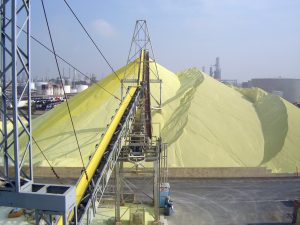
Matrix PDM Engineering discusses the importance of management and control of sulphur dust during the forming and handling of sulphur throughout the entire solid sulphur lifecycle while maintaining commercially acceptable product that contains less than 2.0% overall moisture.